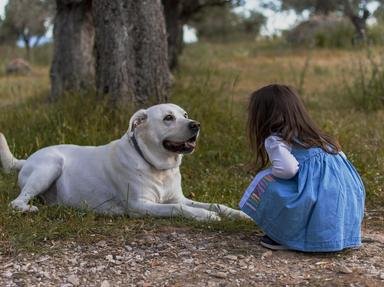
Something in the Air Trivia Quiz
Many animals in our world spend all or some part of their lives in the air. This includes birds, butterflies, and moths. For this quiz, place the name of the animal in the correct group.
A classification quiz
by Trivia_Fan54.
Estimated time: 3 mins.